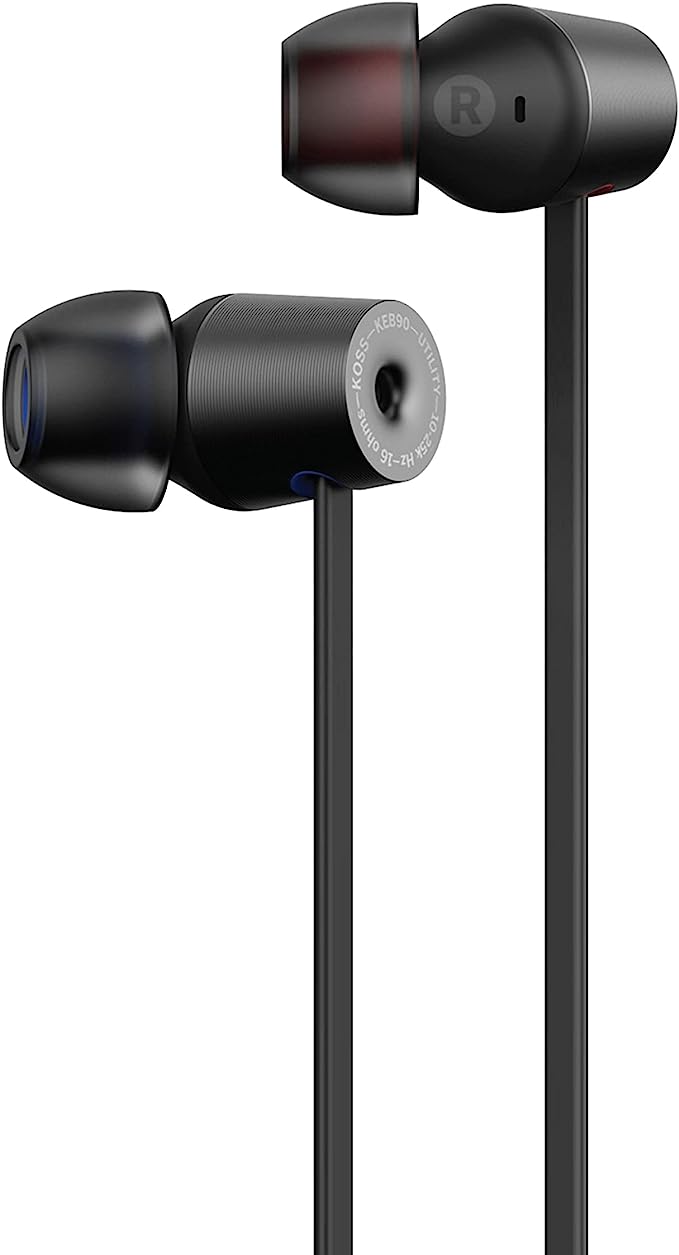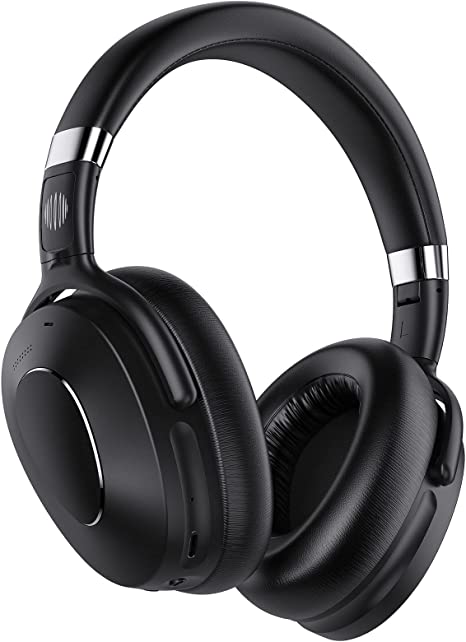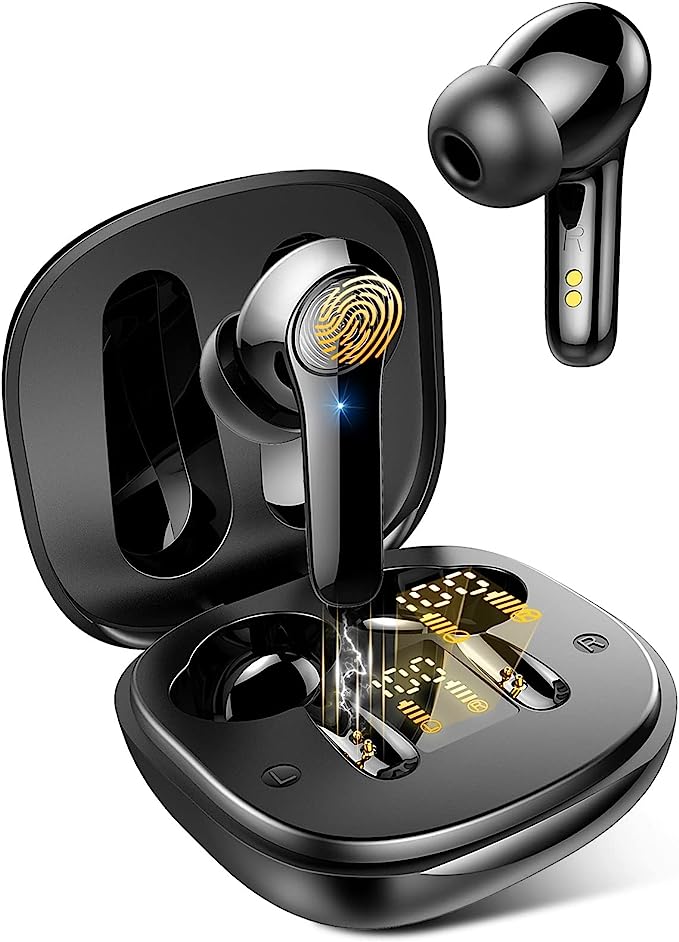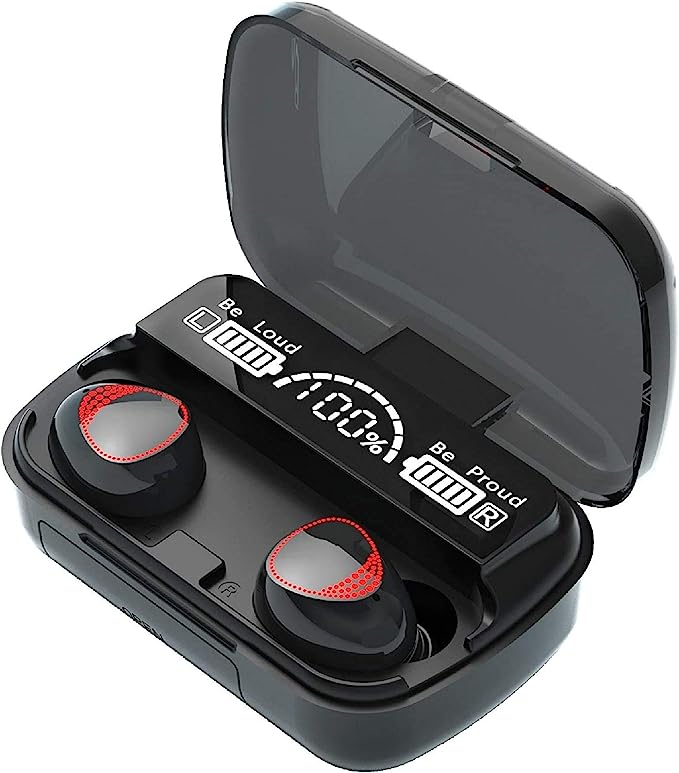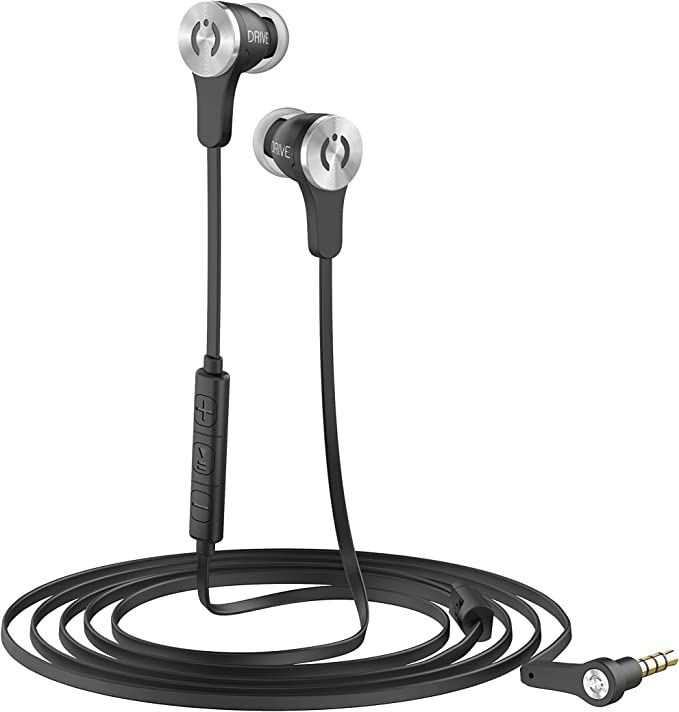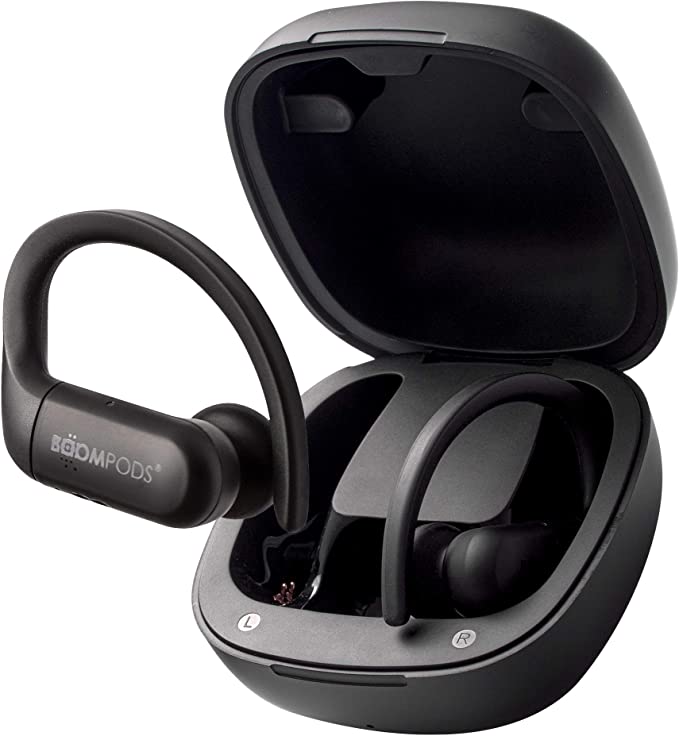C. Crane CC3B CCRadio 3: Long-Range Reception and Crystal-Clear Audio for Every Situation
Update on Sept. 23, 2025, 9:54 a.m.
In a world drowning in digital noise, the forgotten science of long-range radio offers a profound lesson in resilience. It all starts with a nightly miracle at the edge of space.
There’s a quiet magic I chase in the deep hours of the night, long after the blue glare of screens has subsided. It’s a ritual of patience. It begins with the satisfying weight of a tuning knob between my fingers and the gentle hiss of static from a speaker—the sound of the universe’s background chatter. As I sweep slowly across the AM dial, the hiss coalesces. A voice, clear and confident, cuts through the noise, discussing crop prices in a state I’ve never visited or playing a forgotten song from a different decade. A station ID confirms it: a signal from a city a thousand miles away, a ghost in the airwaves that has found its way into my room.
How? How does this fragile signal cross mountains, rivers, and entire states to arrive with such clarity? It feels impossible, a violation of the neat, orderly physics we learned in school.
This experience, once a common joy, is now an endangered one. We live in a perpetual electronic storm. Every charger, Wi-Fi router, and LED bulb in our homes vomits a torrent of electromagnetic interference (EMI), creating a dense, crackling fog that chokes the airwaves. In this era of instantaneous global connection via the internet, we are ironically losing our ability to connect to one of the most fundamental and robust communication systems ever devised. But the magic is still there, waiting. You just need the right tool—and a little understanding of the cosmic theatre playing out high above our heads every single day.

The Planet’s Eyelid
To understand this nightly miracle, you have to look up, to a region starting some 60 kilometers above the Earth: the ionosphere. It is not a placid layer, but a roiling, electrically charged sea of plasma, forged and shaped by the unceasing bombardment of ultraviolet radiation from the sun. Think of the ionosphere as our planet’s eyelid.
During the day, with the sun high in the sky, this eyelid is wide open. The intense solar radiation creates a dense, absorbent lower layer (the D-layer) that acts like a sponge for the relatively low-frequency waves of the AM broadcast band. The signals travel from the transmitter, hit this sponge, and die, limiting their range to the line-of-sight horizon.
But as the Earth turns away from the sun, a remarkable transformation occurs. Without the constant solar pressure, the D-layer dissipates. The planet’s eyelid begins to close. The higher, more persistent layers of the ionosphere, particularly the F-layer, transform into something extraordinary: a colossal, continent-sized mirror suspended in the sky.
Now, an AM signal broadcast from a transmitter antenna no longer gets absorbed. Instead, it travels upward until it strikes this invisible ceiling and reflects, arcing gracefully back down to Earth hundreds or even thousands of miles from its origin. This is skywave propagation. The act of tuning your radio at night is not just channel surfing; it’s a form of atmospheric stargazing, catching the faint, reflected light of distant cities.

Hunting Whispers in an Electronic Storm
Capturing a signal that has traveled so far, however, is an immense challenge. It arrives as a mere whisper, unimaginably faint, amidst the roar of both cosmic noise and our self-made electronic hurricane. The core problem of radio engineering is a concept called the signal-to-noise ratio (SNR). It’s a battle of clarity against chaos.
This is where clever engineering must confront raw physics. The foundational tool for this task is the antenna. For AM radio, this is typically a ferrite rod—a bar of iron-ceramic composite that acts like a lens for the magnetic component of the radio wave, concentrating its energy. But in our noisy world, a simple lens isn’t enough. It gathers the whisper, but it also gathers the roar.
This is where I’ve come to appreciate the sheer elegance of a purpose-built instrument. In a radio like the C. Crane CCRadio 3, the engineers addressed this problem with a patented Twin-Coil Ferrite® Antenna. This isn’t just a bigger antenna; it’s a smarter one. It operates on a principle similar to noise-canceling headphones. One highly-tuned coil is optimized to be exquisitely sensitive to the radio signal itself. The other works in concert to sense and subtract the ambient electronic noise. It’s an intricate electronic ballet, isolating the signal from the noise at the moment of capture. It’s a physical thesis on the science of signal extraction, allowing it to pull a coherent voice from a signal that, on a lesser device, would be utterly lost to the static.

The Sentinels of the Airwaves
This obsession with pulling a clear signal from the noise goes far beyond hobbyist enjoyment. It is, at its core, about resilience. Our complex digital world lives with a comfortable but fragile illusion of permanence. We assume the internet, the cell networks, and the power grid will always be there. History, however, offers a sobering reminder that they won’t.
This is the philosophy behind the NOAA Weather Radio network, a system of transmitters across the United States broadcasting continuously, independent of the consumer internet. Its modern form was born from tragedy. After the devastating “Palm Sunday” tornado outbreak in 1965, which killed over 250 people, it became brutally clear that a more robust, proactive public warning system was needed.
A radio equipped to receive these signals is more than a listener; it is a sentinel. It silently monitors the frequency for a specific, piercing 1050 Hz tone—the digital handshake that precedes an emergency broadcast. When it hears that tone, it comes to life, sounding an alarm and waking you to the news of an approaching tornado, flood, or wildfire.
This principle of resilience is embodied even more deeply in the radio’s inclusion of the 2-Meter Ham Band. This is a portal into the world of amateur radio, a global community of licensed operators who serve as volunteer emergency communicators. When all other systems fail, the “hams” are there. In 2005, when Hurricane Katrina obliterated the communication infrastructure of New Orleans, the Amateur Radio Emergency Service (ARES) became a primary link for the Red Cross and other relief agencies, coordinating rescues and relaying messages from the disaster zone. A radio that can listen to this band is a tool for situational awareness at the most fundamental level. Having these capabilities built into a single device is not about features; it’s about a design philosophy centered on ultimate reliability.
The Surprising Science of a Clear Voice
Exceptional reception is only half the equation. The other half is translating that fragile signal into something the human brain can effortlessly understand. And here, we encounter one of the most fascinating trade-offs in engineering: the pursuit of clarity over fidelity.
We often assume that “better” audio means higher fidelity—a perfect, uncolored reproduction of the original sound, with minimal distortion. This is true for listening to a symphony. But for understanding the spoken word, especially over a noisy signal, “perfect” is not always “optimal.”
The human voice occupies a surprisingly narrow slice of the audible spectrum, primarily between 300 and 3,400 Hz. In a brilliant act of engineering, an audio system can be deliberately designed to emphasize this range, a principle long understood in telecommunications. A radio tuned for voice clarity, like the CCRadio 3, might have a Total Harmonic Distortion (THD) of up to 10% at its rated power. On paper, for a Hi-Fi system, this looks terrible. In practice, for voice, it can be a distinct advantage. The added harmonics, particularly in the midrange, act like an acoustic caricature, exaggerating the edges and contours of speech, making it cut through noise more effectively. The engineers made a conscious choice: they sacrificed the rich, full-bodied sound required for music to create a peerless tool for comprehension. It’s an instrument tuned not for pleasure, but for understanding—a decision whose wisdom becomes profoundly clear when the information being transmitted is not a song, but a storm warning.
The Enduring Wisdom of Analog
It’s tempting to view a device like this as a relic, an artifact from a bygone era. But to do so is to miss the point entirely. The integration of modern Bluetooth—engineered with meticulous shielding to prevent its digital circuits from interfering with the sensitive analog tuners—is a statement. It shows that this isn’t about rejecting the new, but about integrating the best of it with the hard-won wisdom of the old. It’s a bridge between worlds.
In a world of curated feeds and algorithmic recommendations, the act of listening to the radio is a small act of defiance. It is a choice to connect with the uncurated, the unexpected, and the physical. It’s an acknowledgment that the air around us is not empty, but alive with ghosts and whispers.
The late-night miracle of a distant voice is a potent reminder. It’s a testament to the elegant physics of our own planet, the brilliant engineering that allows us to listen in, and the enduring human need for connection. In our hyper-connected but fragile digital age, the simple, robust, and resilient nature of an analog signal is not a step backward. It is a vital, enduring truth.




